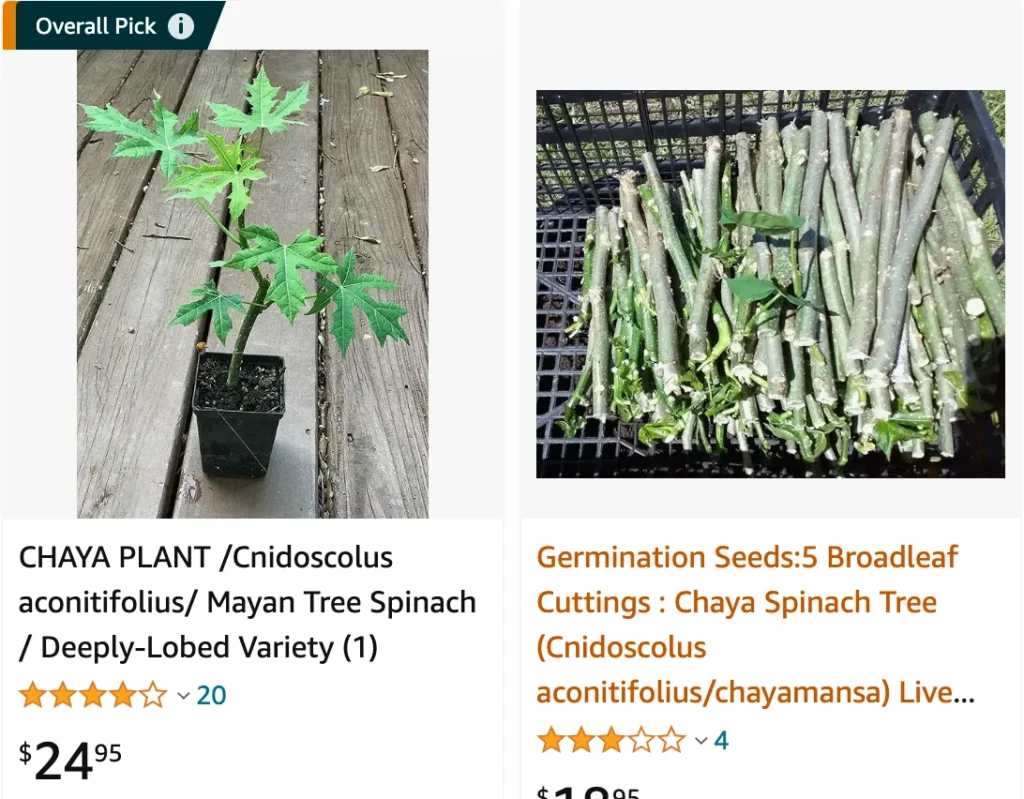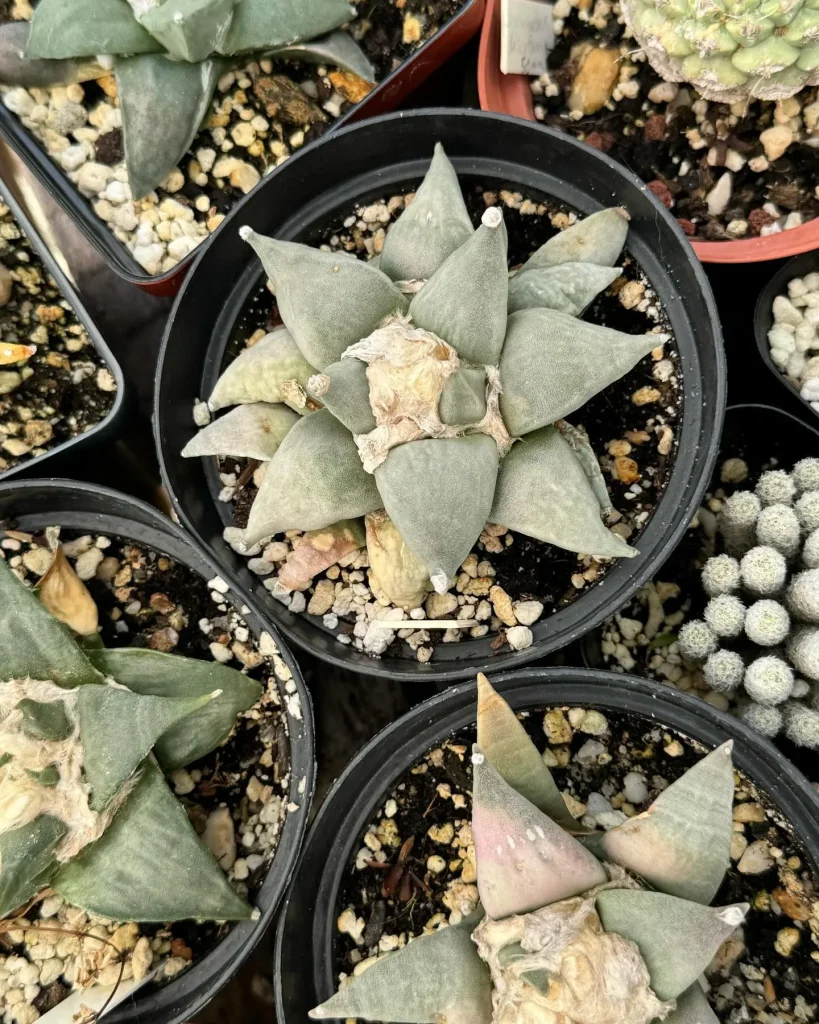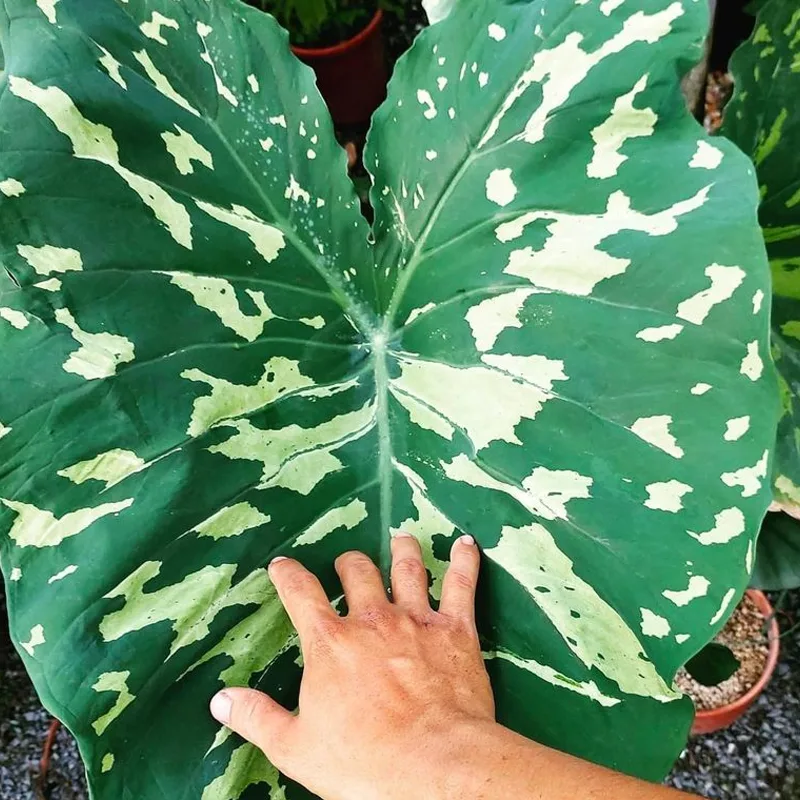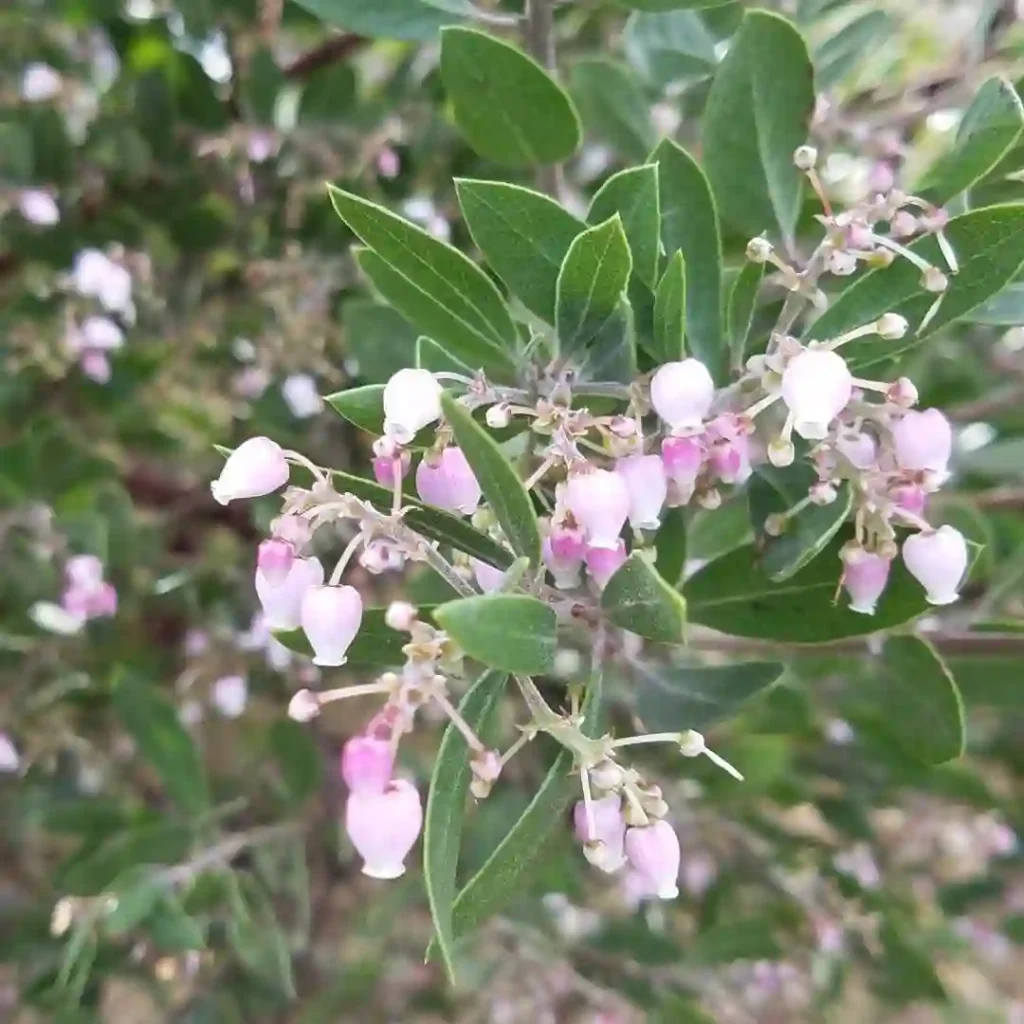
Cnidoscolus Aconitifolius: Your Guide to the Chaya Plant
Hi everyone, Ferb Vu here! Today, we’re diving into the world of Cnidoscolus aconitifolius, more commonly known as Chaya, Tree Spinach, or Tread Softly. This versatile plant has been a staple in Central American cuisine and medicine for centuries, and it’s gaining popularity worldwide.
But before you rush out and plant one in your backyard, let’s explore some frequently asked questions about this intriguing species.
What is Cnidoscolus Aconitifolius?
Cnidoscolus aconitifolius is a fast-growing, leafy perennial shrub native to the Yucatán Peninsula in Mexico. It can reach heights of up to 6 meters (20 feet) and boasts beautiful white flowers that attract butterflies and bees. However, the most interesting features are its large, lobed leaves, which hold the key to its culinary and medicinal uses.
Is Chaya Safe to Eat?
This is a crucial question. Chaya leaves contain a toxin called cyanogenic glycosides, which release hydrogen cyanide when raw. Hydrogen cyanide is poisonous, so never eat Chaya leaves raw.
The good news is that proper preparation removes these toxins. Here’s the key: thoroughly boil Chaya leaves for at least 15 minutes, discarding the cooking water. This process breaks down the cyanogenic glycosides, making the leaves safe for consumption.
How Do I Cook With Chaya?
Once cooked, Chaya leaves have a mild, spinach-like flavor. They’re a great source of vitamins, minerals, and protein. Here are some ways to incorporate Chaya into your diet:
- Soups and stews: Add cooked Chaya leaves to your favorite soups and stews for a nutritional boost.
- Salads: Once cooled, chopped Chaya leaves can be added to salads for a unique flavor and texture.
- Stir-fries: Sauté cooked Chaya leaves with other vegetables for a quick and healthy side dish.
- Eggs: Scramble cooked Chaya leaves with eggs for a protein-packed breakfast.
- Juices and smoothies: Blend a small amount of cooked Chaya leaves with fruits and vegetables for a nutritious and refreshing drink.
Remember: Always cook Chaya before consuming it.
What are the Medicinal Uses of Chaya?
Traditionally, Chaya has been used in Central American medicine for various ailments. While much of this use is based on anecdotal evidence, some studies suggest potential benefits:
- Diabetes management: Some studies suggest Chaya may help regulate blood sugar levels.
- Inflammation: Chaya’s leaves contain anti-inflammatory properties that may help with conditions like arthritis.
- Digestive health: Chaya is believed to aid digestion and may help with constipation.
Important Note: If you’re considering using Chaya for medicinal purposes, consult with a healthcare professional first. Self-treating with Chaya can be dangerous, especially if you have certain health conditions.
How Do I Grow Chaya?
Chaya is a relatively easy plant to grow in warm climates. Here are some tips:
- Climate: Chaya thrives in warm, humid climates. It’s not frost-tolerant, so protect it during cold snaps.
- Soil: Chaya prefers well-draining, fertile soil.
- Light: Plant Chaya in a location that receives full sun to partial shade.
- Watering: Water your Chaya plant regularly, especially during hot, dry weather.
- Propagation: Chaya can be propagated from stem cuttings.
Is Chaya Right for Me?
Chaya is a unique and versatile plant with potential culinary and medicinal applications. However, it’s crucial to remember that it requires proper preparation before consumption. If you’re looking for a fast-growing, leafy green with a unique flavor profile and potential health benefits, Chaya might be a great addition to your garden and kitchen. Just be sure to do your research and prioritize safety when consuming it.
As always, consult with a healthcare professional before using Chaya for medicinal purposes.
If i die, water my plants!



